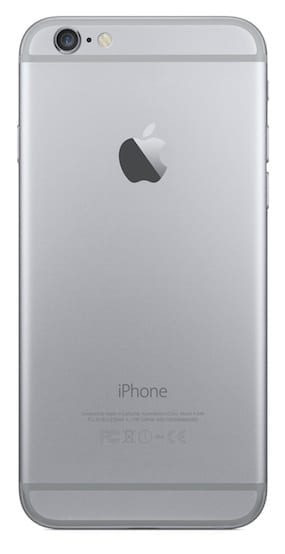 Like clockwork, the anti-Apple brigades are out there poking fun at the new iPhone 6 and iPhone 6 Plus after last week’s unveiling.
Like clockwork, the anti-Apple brigades are out there poking fun at the new iPhone 6 and iPhone 6 Plus after last week’s unveiling.
Most of what I’ve personally seen and heard is either half-truths or just people who, for some reason another, feel they need to defend their Android love. But the Android phone creators would love to get the amount of traffic and attention that Apple did just on its keynote and iPhone 6 “pre-order” day. It’s the type of traffic that downs even the cellphone carrier websites. That’s a lot of traffic.
While many can take a step back and laugh, downing websites because you can’t sell a product fast enough and so many people are attempting to buy it … that’s a really good problem to have.
But there’s one criticism of the new iPhone 6 that I actually think is quite funny: the camera still has “only” 8 megapixels.
Why is it funny to me? Like Mac vs. PC, iPod vs. “iPod killers” (of which none were), and iPhone vs. Android, all the arguments tend to be the same. But like the other arguments, this isn’t simply a specs race. It’s quality over quantity.
The megapixel arms race actually took place among DSLR cameras a few years back. DSLRs started gaining more megapixels, and then a furious push of DSLRs with higher and higher megapixels came out, and the reviewers had to cry foul. Why? Megapixels aren’t the only thing that make for a great image.
There are several aspects that contribute to make a great image, such as sensor size and quality, lens, lighting, etc. So DSLR manufacturers pretty much stopped just increasing megapixels, and focused on sensor size and quality.
The same thing is being repeated on smartphones. The simple take is…If you pack more pixels on the same size chip, it can reduce quality and create noise. In fact, other phones are touting up to 16 megapixel cameras, which creates larger images that take up more valuable storage space without truly increasing quality. A bigger and higher quality sensor is more important than megapixels alone. So Apple has focused on this – quality vs. quantity when it comes to the megapixel balance with the appropriate image sensor.
That’s not to say the megapixels and the sensor are inadequate on Android or Windows smartphones. Other current smartphones take great shots, with each able to accomplish different things with different features.
The main point here is that the argument against the megapixels on the iPhone doesn’t matter. Quality matters.
What will the next Megapixel push be?
Megapixel counts really only come into play if you’re looking to enlarge the photo or make larger prints. With 8 megapixels, you can print images up to 20×30” and still get excellent quality prints. Upgrading solely by only two or four megapixels isn’t worth it in most cases, unless you’re also gaining an improved sensor.
If Apple follows that line of thinking with the iPhone, then the next shift in features would make the future change only worth it if they make a significant increase in megapixels (from 8MP to 16MP, for example) PLUS… and it’s a big plus, increase the sensor size so as not to impact image quality.
Want to know more about sensors vs. megapixels in your smartphone’s camera? Check out this informative article at tomsguide.com.
Update: In-depth reviews of the new iPhone cameras are beginning to trickle out with widespread praise for the new models. This CNET article states the new iPhones “set gold standard” in photo and video quality tests. Source: cnet.com/news/iphone-6-models-set-gold-standard-in-photo-video-quality-tests/
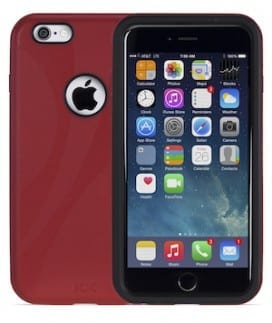
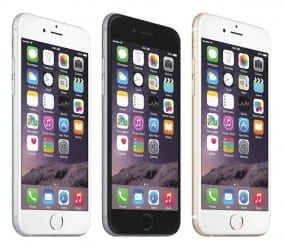
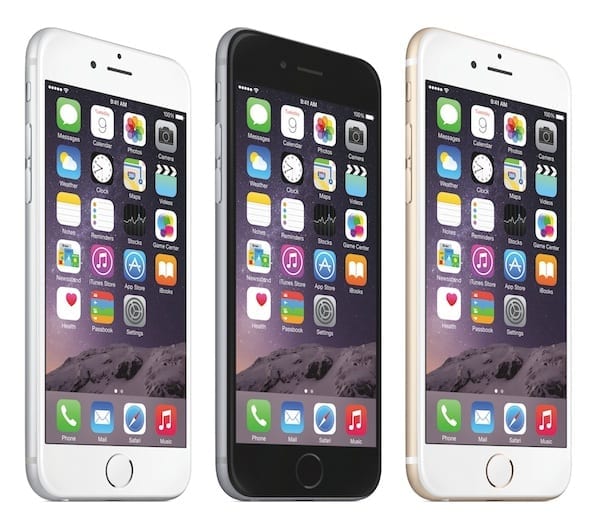

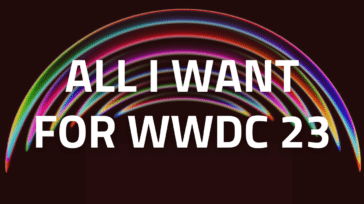





I love iphone
You might also want a higher megapixel count because you have more versatility in cropping the image.
But … what really matters to me is focus and time. The iPhone 6 camera focuses just about instantly and lets me light off a shot, whereas less capable cameras take some time to focus or meter the exposure.
I would rather have an 8mp sharp smiling portrait than a 16mp blurry profile.
Agreed. My first iPhone was the 5 and the speed of the camera was amazing compared to the Android phone I was switching from.
Note that the iPhone 6 and 6 Plus can also do fantastic panoramic photos that are 43 megapixels large! So if you need more megapixels, that is the way to go.
Remember too that megapixels are measured by the length of the sensor multiplied by the width. So a sensor with 2000 pixels by 4000 pixels is 8mp. To double 8mp would need 4000 x 8000 = 32MP! So, a jump from 8 to 12 or 16 really isn’t much, like defenders of other brands like to make it out to be.
Have any of you actually read the details or listened to the video tour/keynote presentations? What makes a great camera is not about how many pixels but the optics. You can have more mpx but if your optics are poor, then forget about shooting decent photos. Apple has dramatically improved the optics with each release & how it deals with lighting in different scenarios.
I understand that you are looking at if there were higher resolutions available the printing options would be greatly improved. But Apple never, EVER intended to replace the high end camera. People have just shifted from taking shots with their basic point & shoot camera to their iPhone. But those type of cameras are not meant for large format printing. For that you would be using a Canon EOS or Mirrorless type camera or better.
So it seems pointless for Apple to waste time with more mpx and continue to focus on taking better images with the iPhone/iPad camera technology.